Quiz: Ontario Traffic Signs 2
ADVERTISEMENT
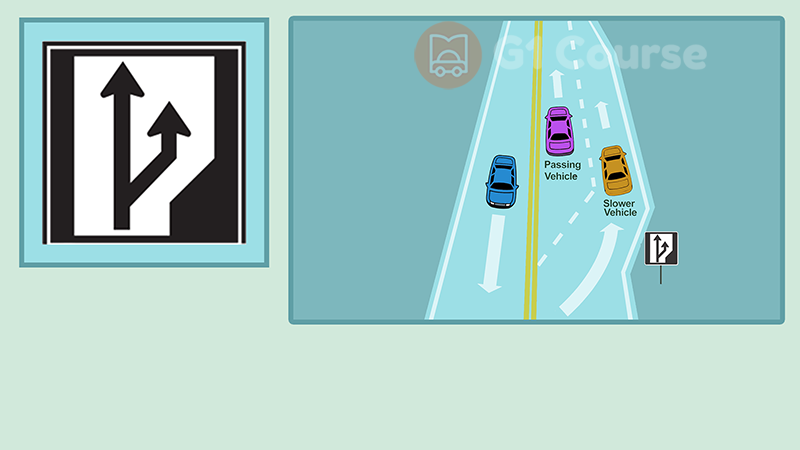
Correct!
Wrong!
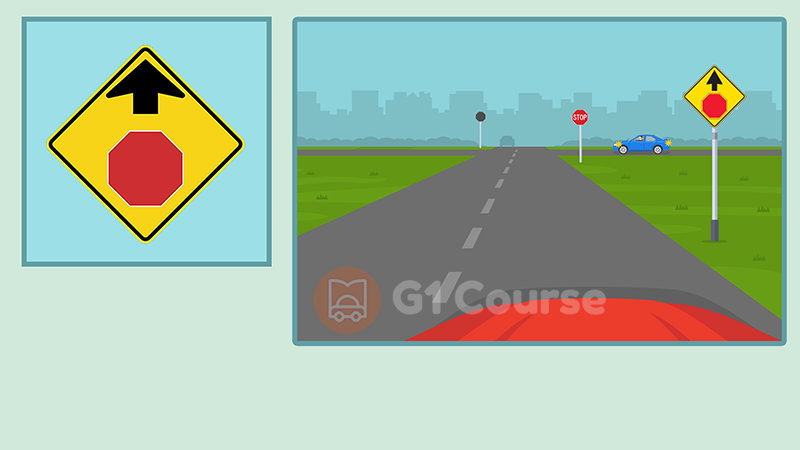
Correct!
Wrong!
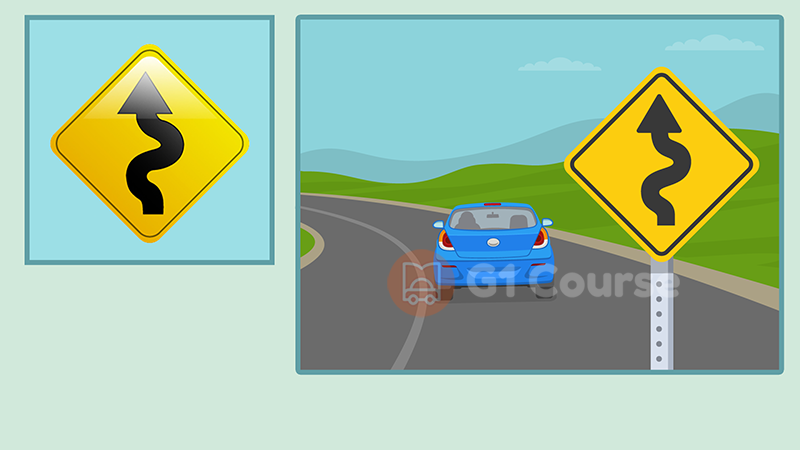
Correct!
Wrong!
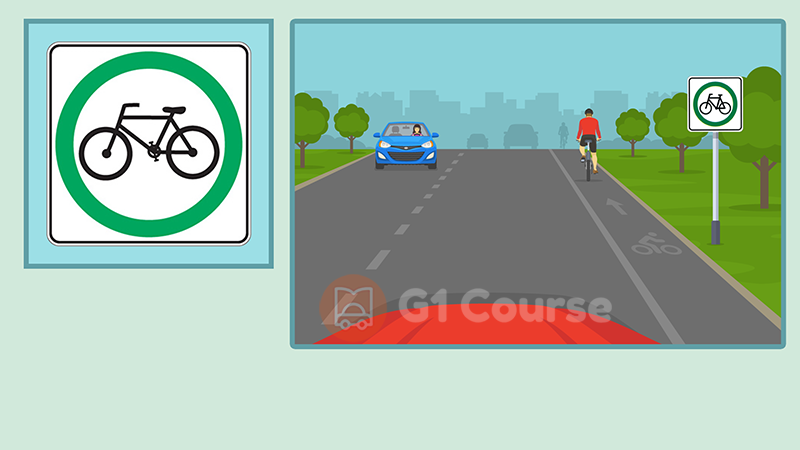
Correct!
Wrong!
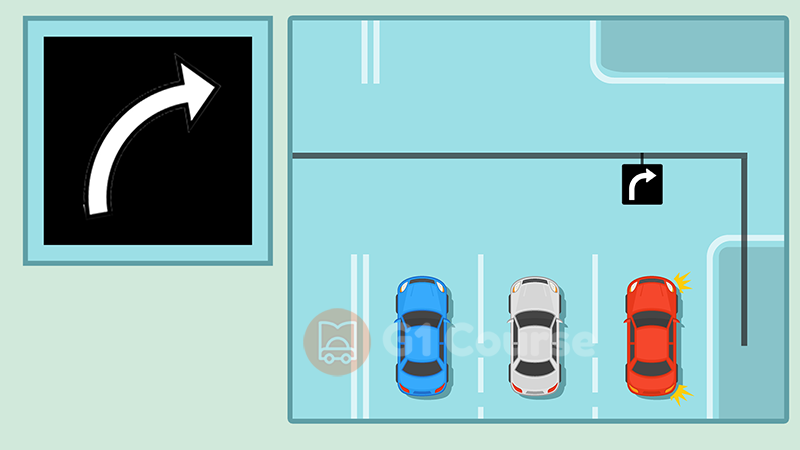
Correct!
Wrong!
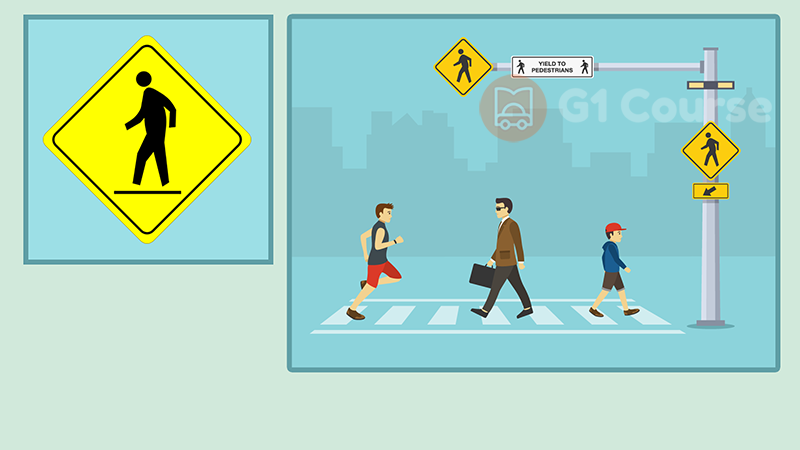
Correct!
Wrong!
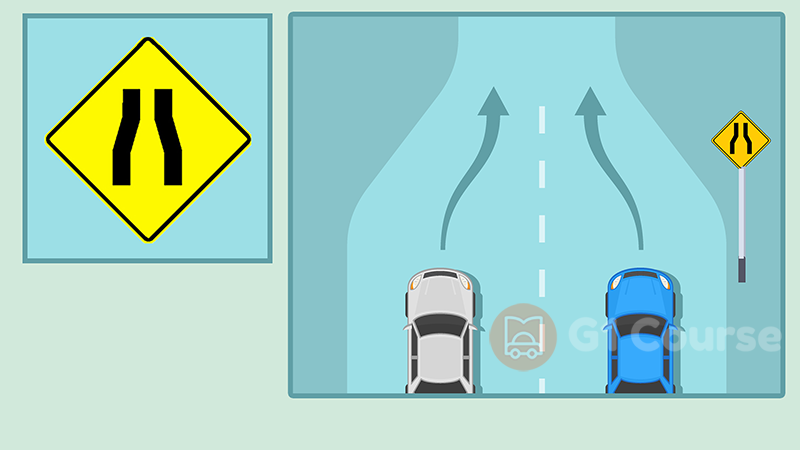
Correct!
Wrong!
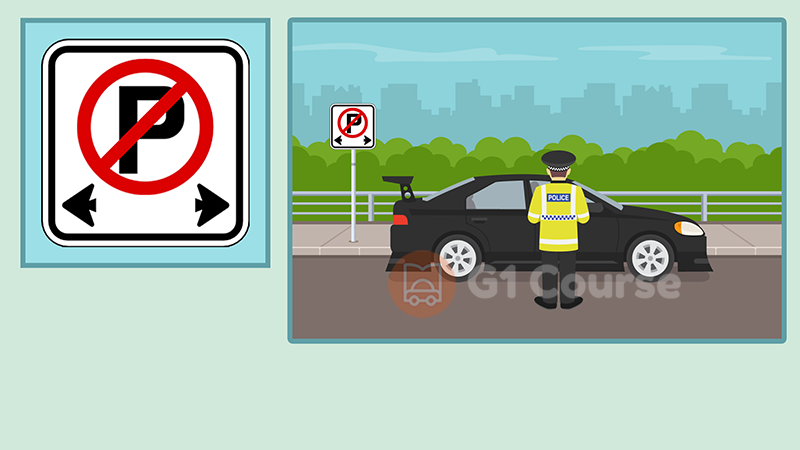
Correct!
Wrong!
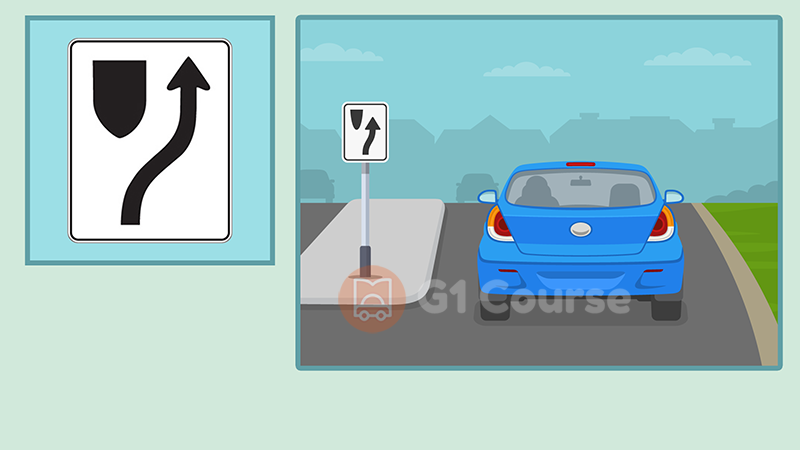
Correct!
Wrong!
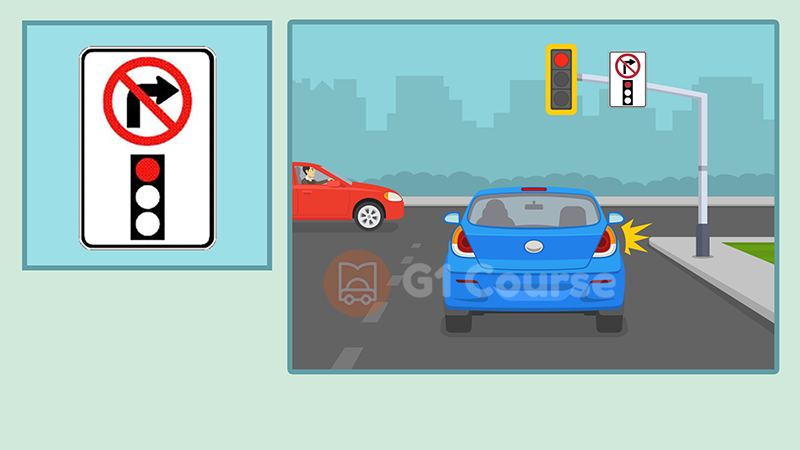
Correct!
Wrong!
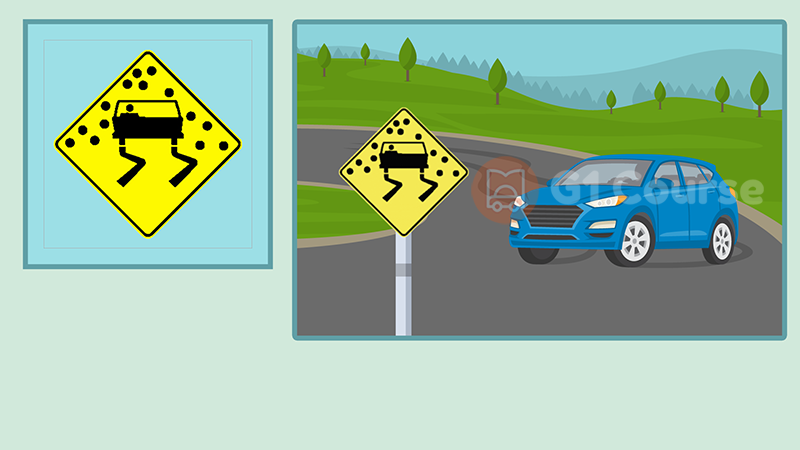
Correct!
Wrong!
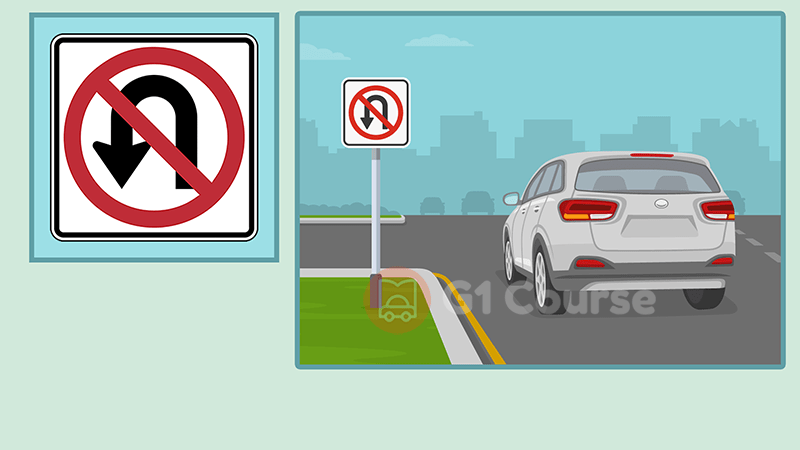
Correct!
Wrong!
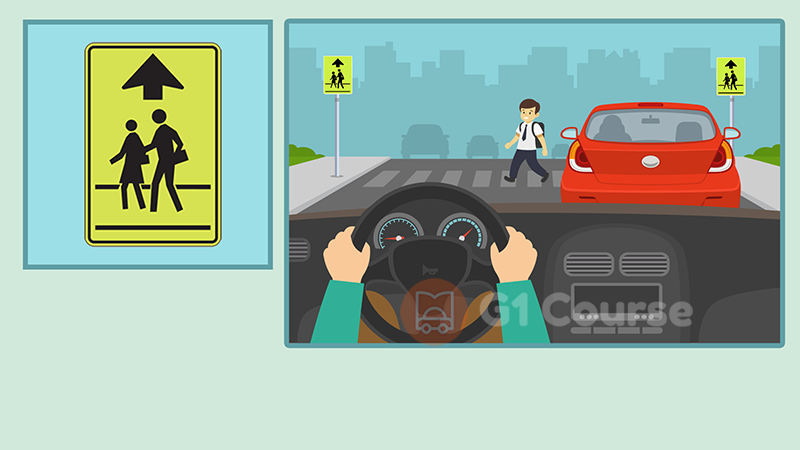
Correct!
Wrong!
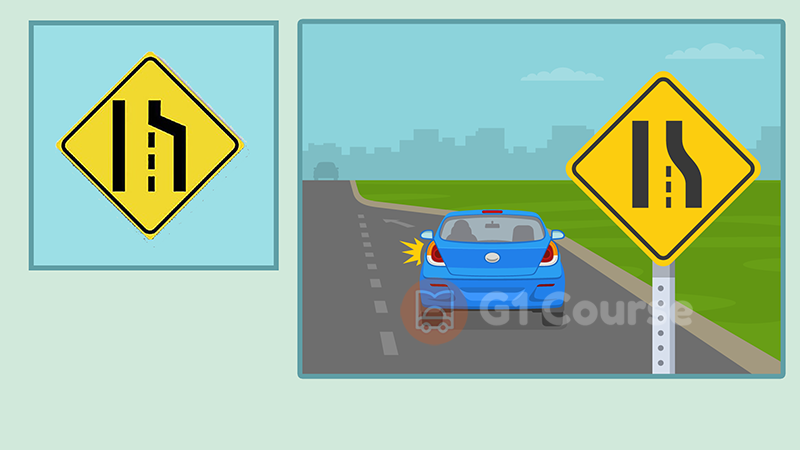
Correct!
Wrong!
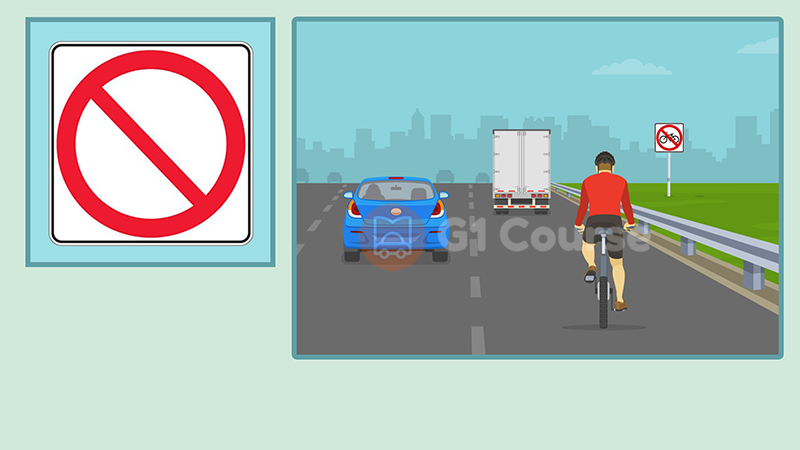
Correct!
Wrong!
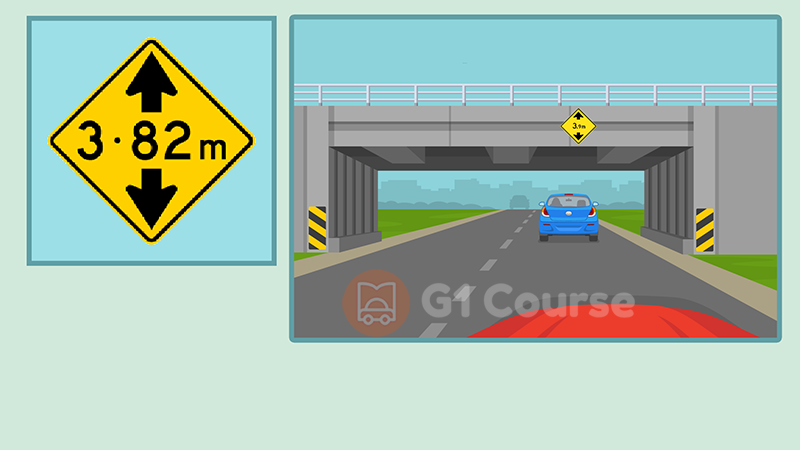
Correct!
Wrong!
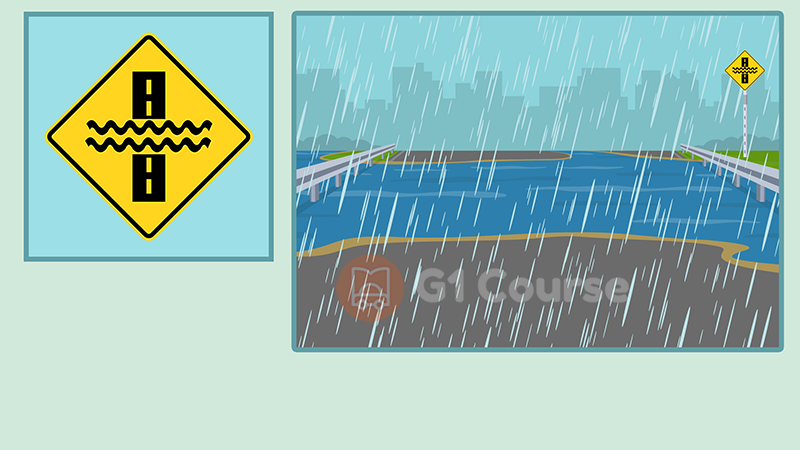
Correct!
Wrong!
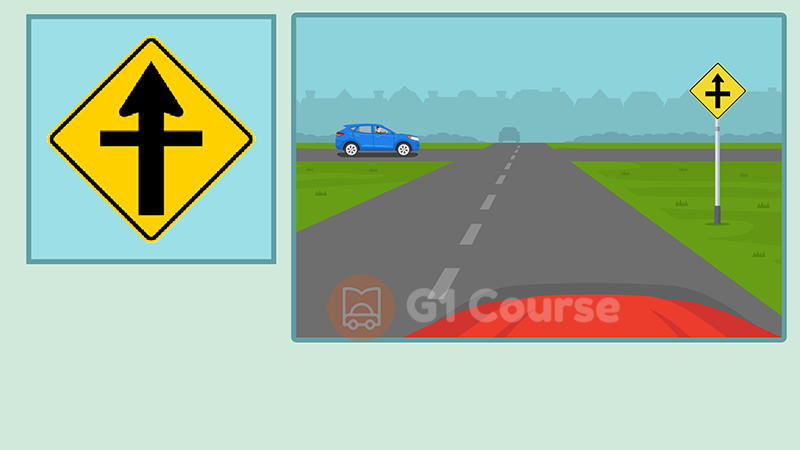
Correct!
Wrong!
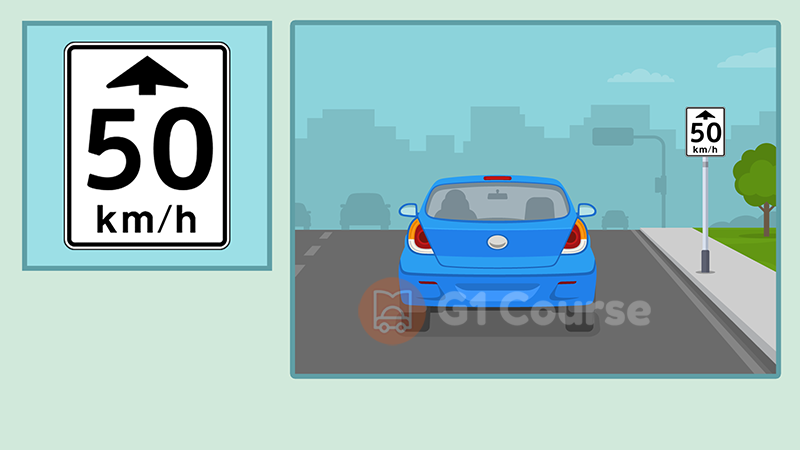
Correct!
Wrong!
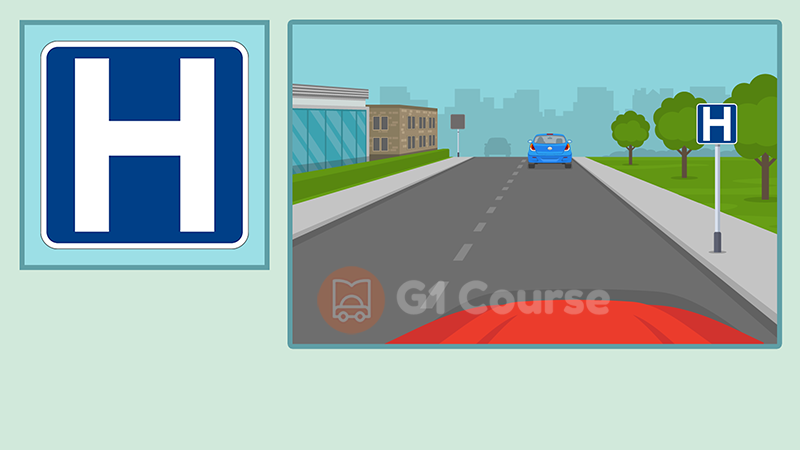
Correct!
Wrong!
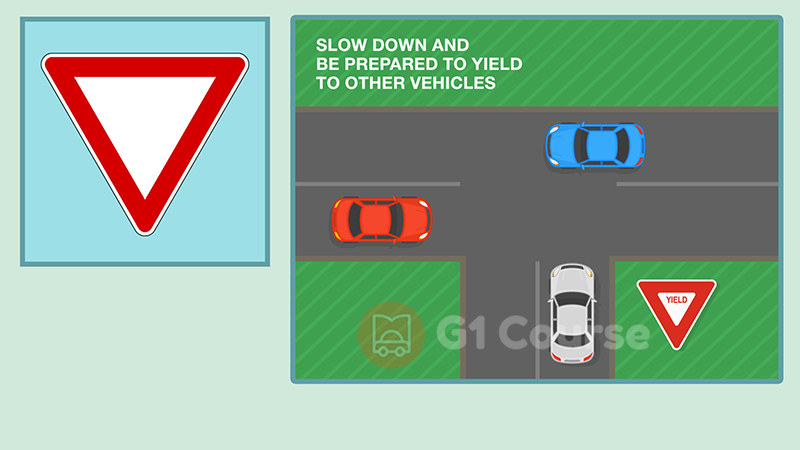
Correct!
Wrong!
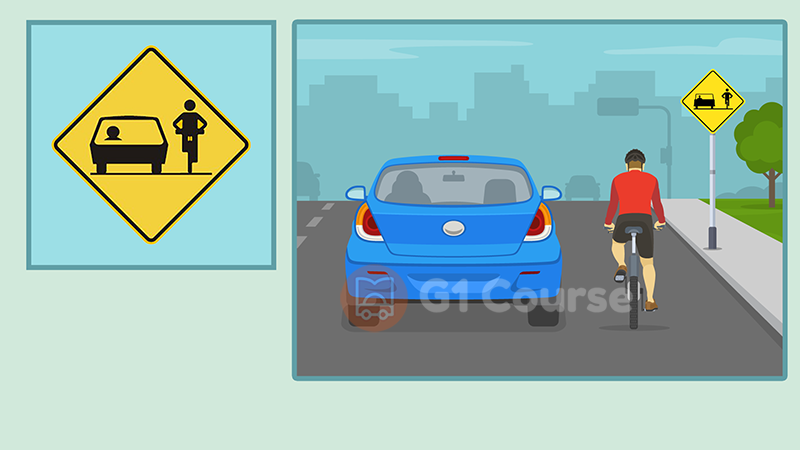
Correct!
Wrong!
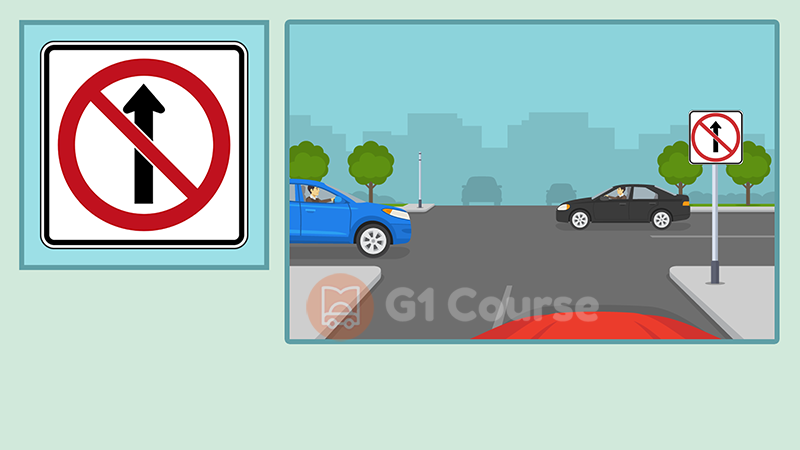
Correct!
Wrong!
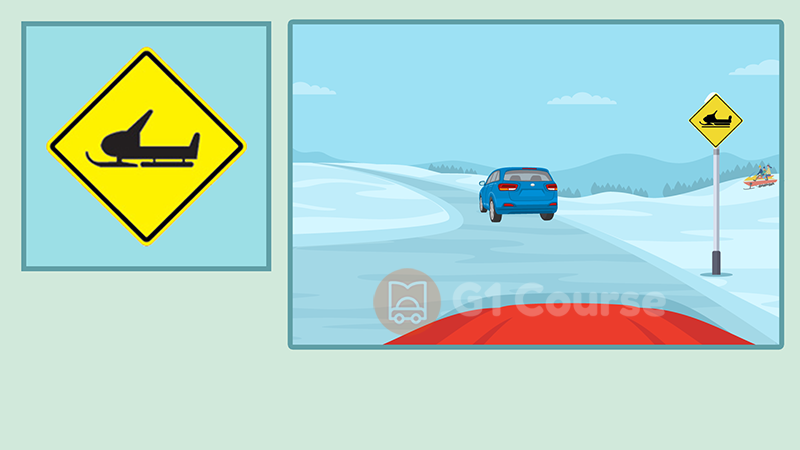
Correct!
Wrong!
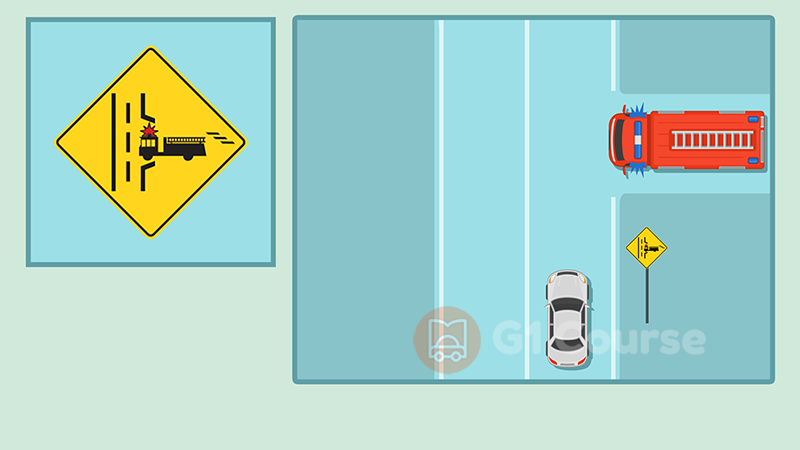
Correct!
Wrong!
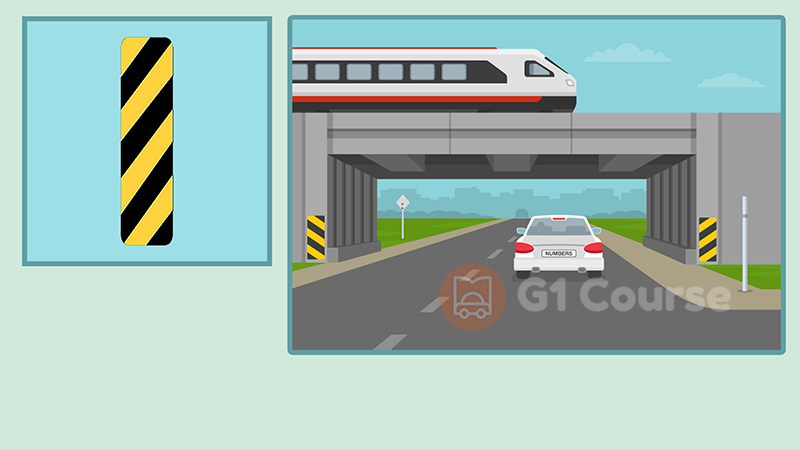
Correct!
Wrong!
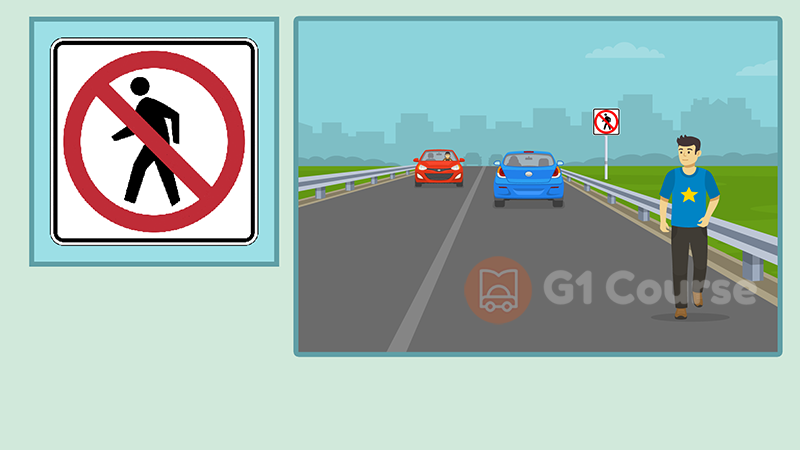
Correct!
Wrong!
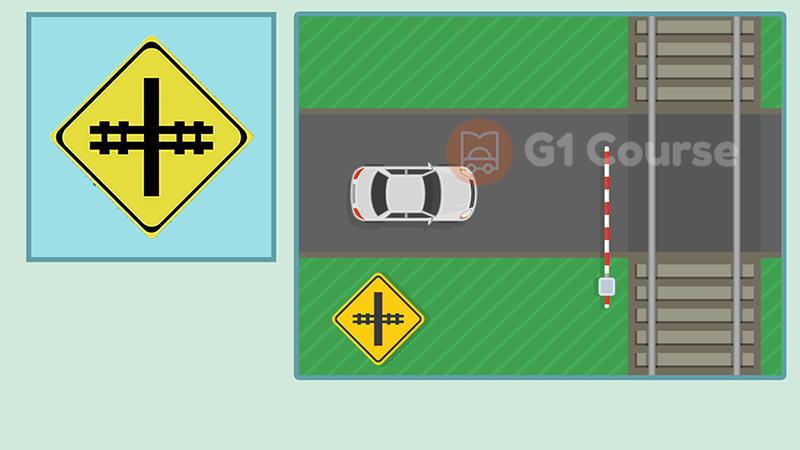
Correct!
Wrong!
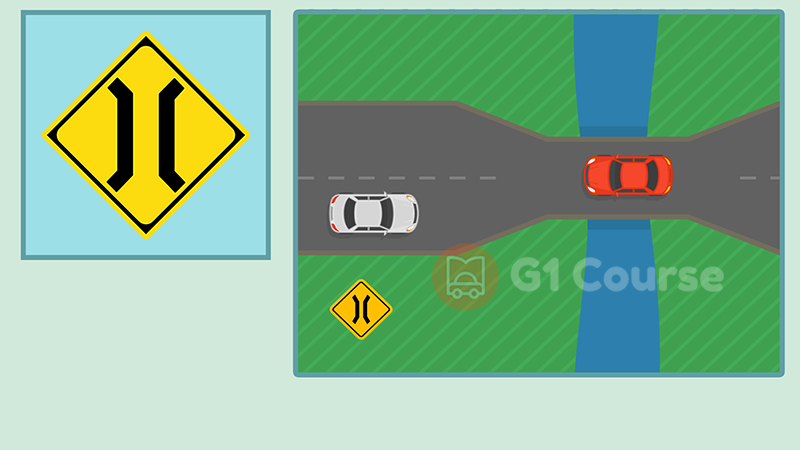
Correct!
Wrong!
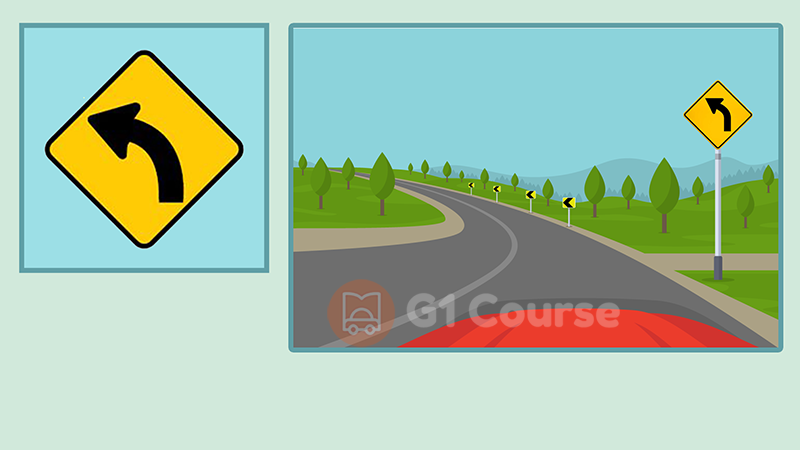
Correct!
Wrong!
Share the quiz to show your results !
Subscribe to see your results
I got %%score%% of %%total%% right
More Learning Options:
Loading…
ADVERTISEMENT
The Importance of Traffic Signs for Road Safety
If you’ve spent any time outside walking the streets or going to the mall on a bus or friend’s car, you probably would have noticed road signs prominently placed on the road. You’ll get reacquainted with Ontario traffic signs and what they mean when you decide to get a driver’s license in the city.
What are Traffic Signs and Road Signs?
The signs you see on roads, streets, and walkways are called road signs or traffic signs. They usually indicate a warning, precaution, or signal to tell you where you should cross.
Some of the most common Ontario road signs include the Do Not Entry, No Left Turn, No Right Turn, No Parking, and Bicycle Lane. You’ll encounter more as you prepare for a written driving test and progress to a practical road driving test en route to a driver’s license.
Why Should We Follow These Signs?
It’s very important that you keep an eye out for road and traffic signs. They keep pedestrians and motorists safe and allow for a smoother flow of traffic. They’re not just there for decoration, but rather as a warning that you should pay attention and do what the sign says.
Why are Ontario Traffic Signs Important for Road Safety?
Not following Ontario road signs is a recipe for disaster, whether you’re a practicing driver or a pedestrian. There’s a higher risk that you’ll encounter an accident with other motorists and vehicles if you choose to ignore them.
Safety for Pedestrians
 Believe it or not, traffic signs are not just for drivers on the road. There are pedestrian-focused road signs for their safety, including the No Crossing and Construction Work Ahead for example. There’s a direct correlation between personal safety and not following these signs- you might get injured or worse, meet a fatal accident in a traffic-heavy area.
Believe it or not, traffic signs are not just for drivers on the road. There are pedestrian-focused road signs for their safety, including the No Crossing and Construction Work Ahead for example. There’s a direct correlation between personal safety and not following these signs- you might get injured or worse, meet a fatal accident in a traffic-heavy area.
There are walkways or designated areas where pedestrians can walk in relative safety. However, you should still be mindful of where you’re walking as there might be a temporary road sign placed where there usually won’t be.
Accident Prevention
They say prevention is the best cure for diseases, and it’s actually the same with road accidents and mishaps. Traffic enforcers and the government try their best to reduce car crashes and pile-ups in every way they can, and this includes putting up the appropriate road sign where needed.
Staying safe not only applies to the pedestrian, but to other motorists as well. It’s one of the most important things you’ll learn as you go through the process of acquiring a driver’s license. Being careful doesn’t stop there- you will need to be fully aware of the signals whenever you’re out and about and as you walk on pavements and crossings.
Smooth Flow of Traffic and Walking Guidelines
When pedestrians and people follow traffic rules, the chances of them having an accident are reduced. Traffic lights are placed to encourage a smooth stop-go flow so vehicles and people can get to their destination in a timely manner. Road safety primarily relies on people obeying the signs and lights all the time.
Safety for Drivers and Motorists
Ontario drivers should always follow road and traffic signs for their and others’ safety. Here are three essential things you need to know regarding these important traffic elements.
Warning for Conditions Ahead
Roads can be safe or unsafe depending on the weather or environment or when something unusual has happened. Consider a high-traffic street that’s wet and slick because of recent rainfall. If you don’t slow down and heed the ‘Slippery When Wet’ sign, then there’s a chance that your vehicle might skid off the straight path. Furthermore, you will need to check your brakes and remember to stop earlier to account for the extra time your tires need.
Remember, road signs serve as a pre-emptive warning that you should follow. If not, your risk of meeting an accident will increase, and you may find yourself wasting time having to get out of a hole that’s recently been dug, for example. That said, you should keep your wits about you and understand various road and traffic signs so you know what they mean.
Understanding and Navigation
Getting a driving violation or a ticket is one of the most dreaded things a driver in Ontario can experience. However, there’s a high chance that you won’t get one as long as you follow the road rules and know how to read the traffic signs. In written driving exams, you will need to be familiar with the most common signs and what they mean or signify, and chances are that you’ll fail if you get only half of them correct.
Drivers can experience accident-free navigation when they follow road rules and signs. Don’t skip out on learning what traffic signs mean or else you won’t get far. You might inconvenience other drivers and get the ire of the law when you constantly ignore them.
Avoid Collisions and Accidents
Similar to pedestrian safety, driver safety includes understanding traffic signs and following them. No one wants to get involved in a car or pedestrian accident, let alone have their friends or loved ones injured. On the road, cars move at a faster pace, which means there’s less time to react when a car ahead of them or behind them take a left turn when they shouldn’t, for example.
Practicing safety driving involves obeying the speed limit, making the correct turns, and not being distracted by electronic devices such as your smartphone. It’s worth noting that not seeing the signs because you’re doing something else counts as a traffic violation, which merits a penalty in itself.
Conclusion – Stay Safe and Follow the Signs
Written driving exams will have a significant portion of traffic signs and road signs in Ontario. Make sure you’re well-versed with the different signs and what they mean before you take the actual driving test. It will be helpful if you’re aware of road safety so you can ace the exam and proceed to the practical test without a hitch.
